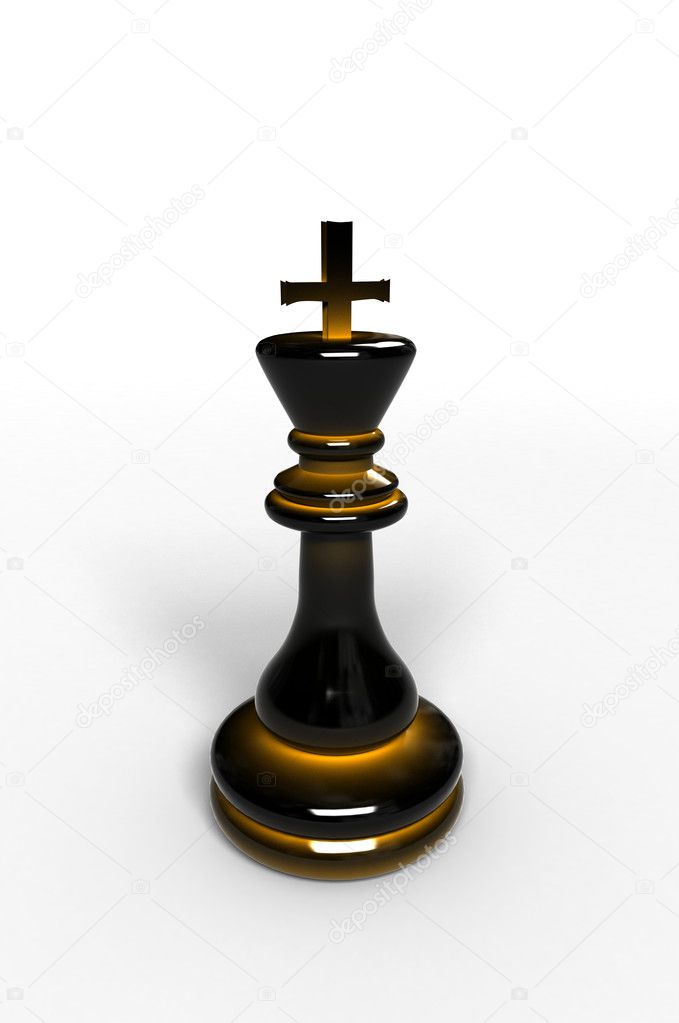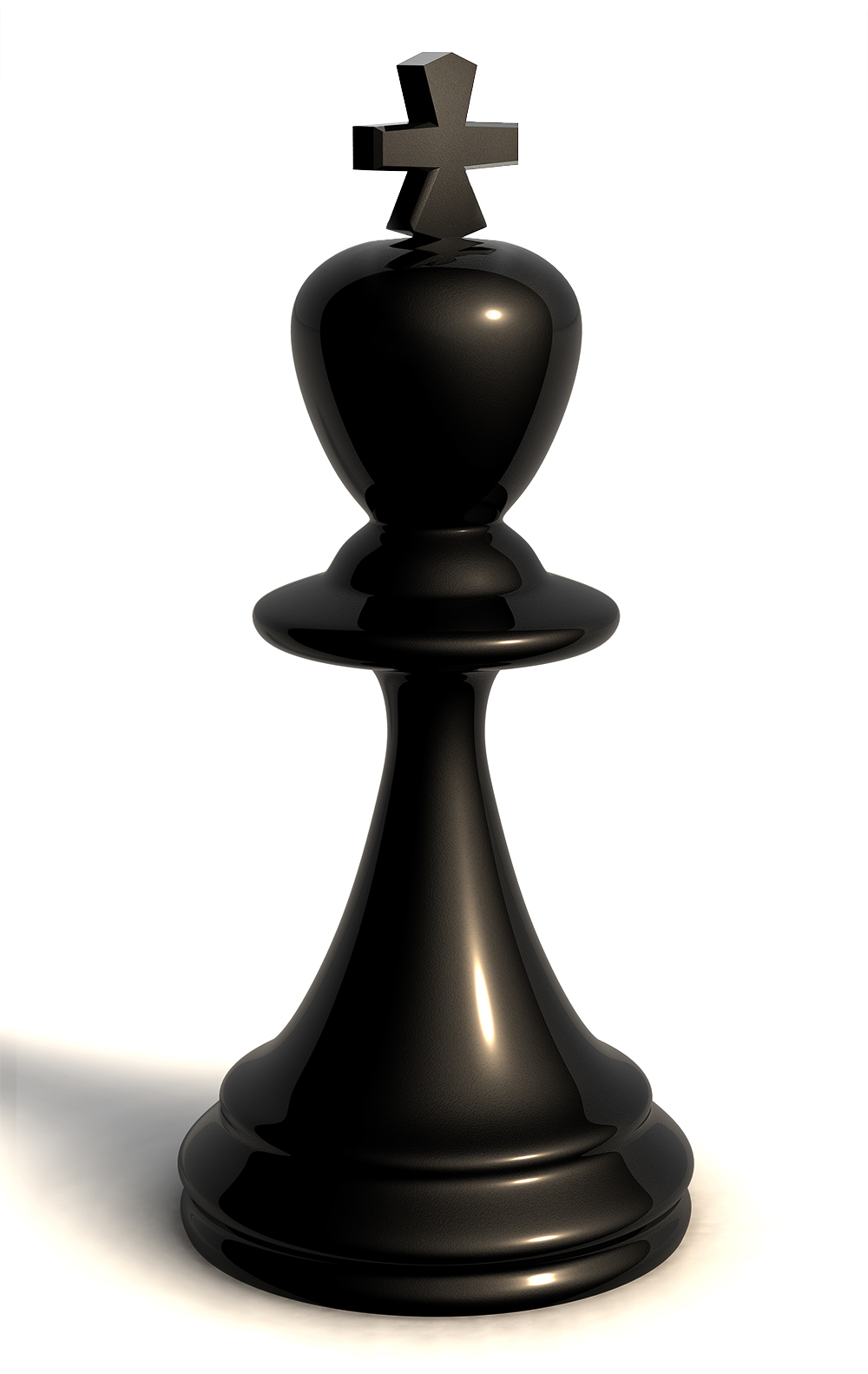Review of king chess::How to Win Chess in 3 Moves
Review of king chess::How to Win Chess in 3 Moves
Of all of black's responses to white's 1. e4, the Sicilian Defense has the best results in high level chess, with white only scoring 52.2% of the games. Compare this to the French Defense which has white scoring 55.4%, or the Scandinavian Defense which has white scoring 57.4%. From these numbers alone, we can see that the Sicilian Defense is a serious opening for the attacking player as black, and leads to black having a lot more play than other defenses to 1. e4. The Sicilian Defense starts off with the moves 1. e4 c5. The point of this move is that black plans to trade his c-pawn for white's d-pawn. When this trade happens, black will have two central pawns while white will only have one central pawn. This gives black a lot of potential to break through into white's center. A general theme in all main lines of the Sicilian Defense is that white will control the center in the beginning of the game, and black's play will revolve around attacking white's center. The fact that black will have two central pawns to do this with is often decisive. Moving along, in the main lines of the Sicilian Defense, white's next move is 2. Nf3, which prepares to play d2-d4. The reason white plays Nf3 first is so that when he plays d2-d4, and black plays cxd4, white can reply with Nxd4 instead of having to take with Qxd4. If white has to play Qxd4, then black can attack the white queen with moves like Nc6 and gain time. And here, black generally plays one of three different moves. Black will normally play 2. ... Nc6, 2. ... d6, or 2. ... e6, all of which lead to different lines. Something that you will notice if you study the Sicilian Defense is that there are a lot of transpositions that black can make with his move order, so if he plays Nc6 here, he can easily switch to a variation that's normally played by playing e6 here instead. In this article, I will cover some of the main Sicilian Defense variations that originate from 2. ... Nc6 and 2. ... e6. This will serve as a bit of a survey of the Sicilian Defense main lines so that you may see at a glance what appeals to you and what does not, so that you can decide what you would like to study further. The Rossolimo Variation After 2. ... Nc6, instead of playing his plan of 3. d4 right away, white can play 3. Bb5 instead. The point of this move is that if white plays Bxc6, when black takes back with a pawn it will mess up his pawn structure a bit, and also give white more influence in the center since black's knight no longer attacks d4 or e5. To counter this, black plays 3. ... e6. Now if white plays Bxb6, black plays bxc6, and instead of being weak, the black c6-pawn supports black's push of d7-d5, breaking through in the center. Instead, white simply castles 4. 0-0 and black plays Nge7. Now black has the option of taking back on c6 with his e7 knight if he wants. Now white has to make a decision on how to continue his play. Black's plan is to play a6 and b5 followed by Bb7, and try to break open the center with d7-d5. White can play with Re1, Nc3, or c3 here. I think that 5. c3 is the easiest to play, so that's what I recommend here. Play continues 5. ... a6, 6. Ba4 b5, 7. Bc2. In this position, white has a solid center and a safe king with a plan to build up and play d2-d4. Black on the other hand has queenside counter play, and possible counter-play in the center. This is a balanced position with a slight edge to white. The Sveshnikov Variation If we back up to the position after 1. e4 c5, 2. Nf3 Nc6, white has the option of playing 3. d4 right away, which was his plan in the first place. After 3. ... cxd4, 4. Nxd4, black plays Nf6 attacking the white e4-pawn, and white protects it with 5. Nc3. You'll come to see that black's fourth move and white's fifth move are pretty standard in most Sicilian main lines. In this position, black has the option of playing 5. ... e5 which puts us into the Sveshnikov variation. White replies with 6. Ndb5. Black plays d6, preventing white from playing Nd6+ and messing up his position. White activates his bishop with 7. Bg5, black kicks out the knight with a6, and white comes back with 8. Na3. Now take a moment and look at this position. Black has a stronger central presence than he does in most Sicilian main lines, at least this early, but white is compensated by the fact that d5 is a big hole in black's game. In fact, much of white's play will revolve around getting his knight to d5 and piling up on the d-file. It's balanced, however, by the fact that black has central play as well. Black's next move is usually 8. ... b5, with the threat of b5-b4, forking white's two knights. White has a number of ways to reply to this, including the passive Nab1, or the more active plans of an immediate Nd5 or Bxf6 gxf6, followed by Nd5. This is a sharp, double-edged system that gives both sides a lot of play, although again there is a slight edge for white. The Paulsen Variation Instead of 2. ... Nc6, black can also play with 2. ... e6. After 1. e4 c5, 2. Nf3 e6, 3. d4 exd4, 4. Nxd4 Nf6, 5. Nc3 we're in the Paulsen Variation. Here, black can play with 5. ... Qb6, which may be a strange-looking move, but the point is that black is cutting across the a7-g1 diagonal with his queen and that he pins down white's c1-bishop to the defense of the b2-pawn. White can play 6. Nb3 Bb4 (threatening Bxc3+, bxc3 Nxe4, winning a pawn), 7. Bd3 Bxc3+, 8. bxc3 Qc7, and black's game is fine. Black has doubled white's c-pawns, but in exchange white has the two bishops and a little more control of the center. This position is slightly better for white. Conclusion In the main line of the Sicilian Defense, black's options of 2. ... e6 and 2. ... Nc6 can steer the game in totally different directions based off what kind of game black would like to play. The basic idea when studying openings is to briefly look over a few variations in a system, and decide which you like best. Then after you make this decision, you study that variation more intensely to gain a true feel for it. Eventually you'll know the variation inside and out, and anyone who wants to play that opening with you will be in a lot of trouble. |
Image of king chess
king chess Image 1
king chess Image 2
king chess Image 3
king chess Image 4
king chess Image 5
Related blog with king chess
Related Video with king chess
king chess Video 1
king chess Video 2
king chess Video 3
king chess
Labels: Chess Games, Chess King Game, Chess King Pro, Chess King Software, Chess King Store Images, Chess King Stores 80s, Chess King's Indian Attack, Where Does The King Go in Chess





